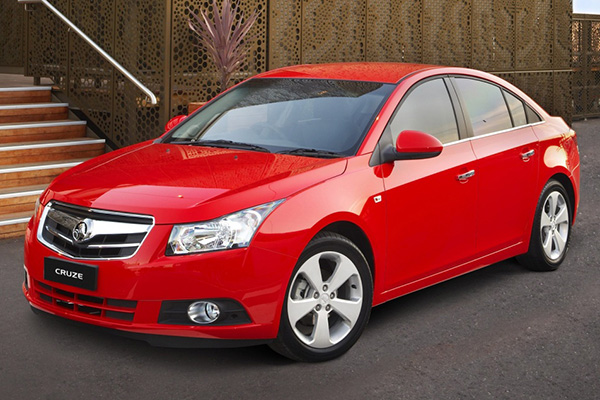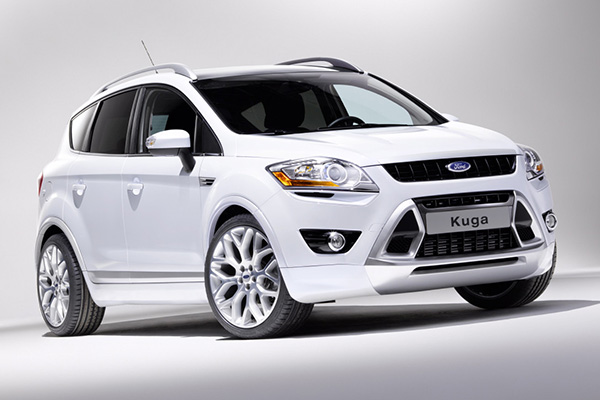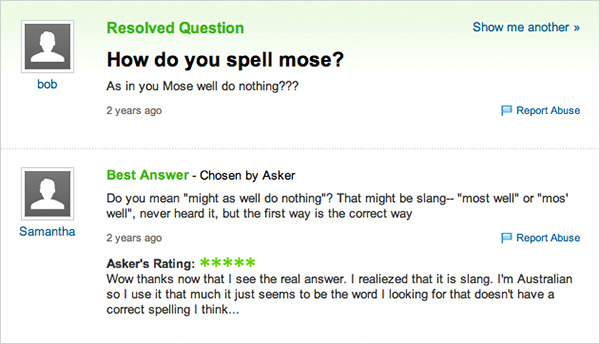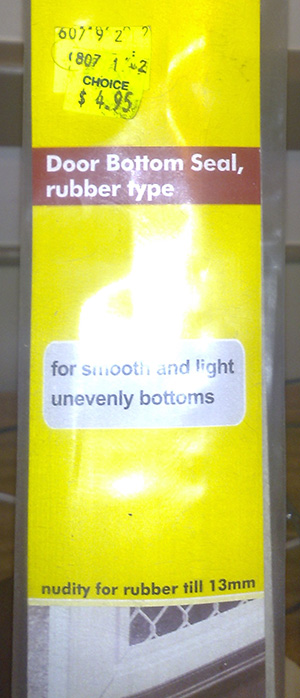Bad automotive marketing decisions
There are a squillion possible things you can name a car. Generally, you take something that sounds vaguely foreign, and slap an "a" on the end. Cecil at The Straight Dope did a column a while ago (and by 'a while', I mean 'when I was one year old') on the subject. I do not understand the marketing logic behind the decision, then, to bring out a new vehicle with the same name as an older one. This is particularly puzzling when the new vehicle shares zero design lineage with the old one. It's not a two-thousand-and-whatever model of the same car, it's a whole 'nother car entirely.
Case in point, the Holden Cruze. Holden is an Australian car manfacturer. Half of the Australian population support them. The other half support Ford. I'll get to them in a moment.
 This is a Holden Cruze from 2002. It's a kind of beach buggy thing. It's pretty hideous. The rear of the thing has ghastly round tail lights. It's about as intimidating as a boiled potato. You might sometimes see re-branded Cruze(s) getting around as Suzuki Ignis(es).
This is a Holden Cruze from 2002. It's a kind of beach buggy thing. It's pretty hideous. The rear of the thing has ghastly round tail lights. It's about as intimidating as a boiled potato. You might sometimes see re-branded Cruze(s) getting around as Suzuki Ignis(es).
 This is the Holden Cruze from 2009. It's an economical small car that boasts the looks and spaciousness of a larger car. It's actually kinda sexy, all things considered. It's a completely different vehicle, targeted at a completely different audience in a completely different market sector, and for a completely different purpose. It's clear that someone just kinda thought "Cruze" was a cool name, and it's a shame it was wasted on that Tupperware container on wheels they made in 2002 -- but wait, maybe no-one will remember that piece of junk. Yeah, lets use the name again.
This is the Holden Cruze from 2009. It's an economical small car that boasts the looks and spaciousness of a larger car. It's actually kinda sexy, all things considered. It's a completely different vehicle, targeted at a completely different audience in a completely different market sector, and for a completely different purpose. It's clear that someone just kinda thought "Cruze" was a cool name, and it's a shame it was wasted on that Tupperware container on wheels they made in 2002 -- but wait, maybe no-one will remember that piece of junk. Yeah, lets use the name again.
The '09-onwards Cruze is also marketed as the Daewoo Lacetti, in a badge-and-name-change that gives it that ring of class it was initially lacking. The only thing cool about the Daewoo Lacetti is its occasional appearance on Top Gear as the "reasonably priced car", but unfortunately for the '09 Cruze/Lacetti, the car featured on Top Gear is an earlier model that bears no resemblance to the vehicle pictured above. It was also retired from the show and replaced by a Kia. That's just..........rude.
Case in point part deux: The Ford Kuga.
 This is the 2013 Ford Kuga. It's a cool looking car. Mechanically, it's a four-wheel-drive (ish) thing constructed over the chassis of a Ford Focus. It's marketed in Australia as the smaller brother of the Ford Territory, and aimed at the 'soccer mom' demographic (ironic, perhaps, for the purposes of this article that it circles back around to the market sector the original Holden Cruze was potentially aimed toward).
This is the 2013 Ford Kuga. It's a cool looking car. Mechanically, it's a four-wheel-drive (ish) thing constructed over the chassis of a Ford Focus. It's marketed in Australia as the smaller brother of the Ford Territory, and aimed at the 'soccer mom' demographic (ironic, perhaps, for the purposes of this article that it circles back around to the market sector the original Holden Cruze was potentially aimed toward).
This is great, except: In the non-rhotic Australian accent, "Kuga" is a homonym with --
 -- the Ford Cougar. This horrid thing is a mid-life-crisis-on-wheels from the late '90s to early '00s that was marketed in Australia in thankfully limited numbers.
-- the Ford Cougar. This horrid thing is a mid-life-crisis-on-wheels from the late '90s to early '00s that was marketed in Australia in thankfully limited numbers.
I do not understand why the choice would not be made to use a more unique name for a car model. There are now undoubtedly loads of Ford Kuga drivers who, upon announcing the name of their new ride, are greeted with the looks of stunned incredulity well due to someone who's just announced they've bought a curved-up ludicrous looking skateboard with two doors and a hernia, until they realise the error of their pronunciation and start inflecting the "ah" in "Kug-aaaahh" like Hermione Grainger.
As an aside, Wikipedia has informed me that "kuga" is the Serb-Croatian word for "plague", and that Ford didn't opt to alter the name for its launch in those countries. Dunno about you, but I want to move to Zagreb and buy a black one.












